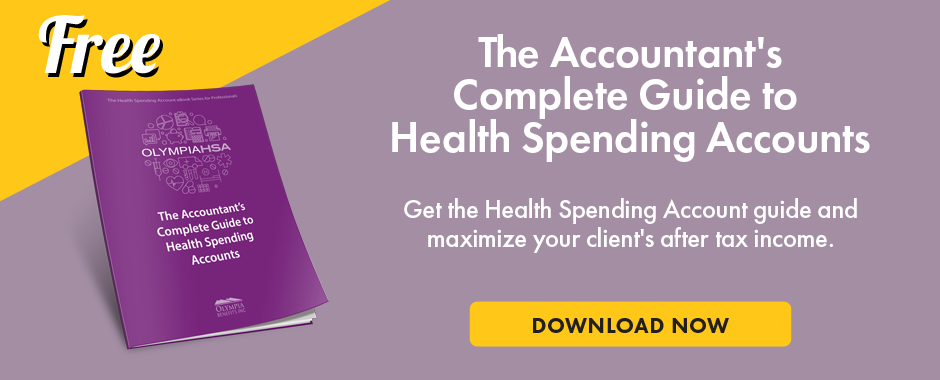Switching accountants doesn't have to be a hassle. From new business needs to unsatisfied demands, there are many reasons why a client may want to switch accountants. Clients can feel committed to their current accountant because of things like privacy, a long term professional relationship, or years of financial information built up with their existing accountant. However, waiting can hurt you more in the long run. Before you switch accountants, here are X steps to make your transition smoother.
1. Understand why you are changing accountants
You should concretely recognize why you want to switch accountants, this will help to ensure your new accountant will be able to perform those services. It is always best to act professionally when letting your current accountant know of the plans to change accountants. You do not have to go in detail about why, simply state that your business needs have changed at this point in time. However, it is always courteous to let them know in person first instead of through a letter from the new accountant.
1. Evaluate your timing
Switching accountants should occur during times of little to no financial activity. For example, your year end tax return is a bad time to switch. This may be obvious advice, but sometimes emotional distress due to financial pains can make the most rational person irrational.
2. Close any financial obligations
To ensure a smooth transition, make sure any pending payments or transactions are dealt with.
3. Create a letter of notice
Regardless of the reasons for switching accountants, it is best to end your relationship in good terms in order to efficiently transition. Your new accountant can help you in notifying your previous accountant by creating a letter of notice.
4. Create a letter of disengagement
Your previous accountant will have to provide details of all prior completed work including dates and other relevant information. This is a professional document known as a disengagement letter.
5. Professional clearance letter
Your new accountant will need to write to your previous accountant. This letter asks for professional clearance and relevant information and documentation to help in the transition. Your previous accountant may charge a small fee to provide this information.
6. Approving the new accountant
The final step is to assign authority to your new accountant so that they may perform tax duties on your behalf, such as filing tax returns. This step includes changing the passwords to your relevant accounts so that your previous accountant no longer has access.
Tip: Ask your accountant to include potential future audits in their pricing. This can save troubles later down the road such as having to re-hire your previous accountant.
Olympia Benefits is a provider of Health Spending Accounts, a legitimate and cost-effective solution to paying for medical expenses as a small business owner. We help 55,000+ across Canada. To see if an HSA can help you save on personal medical expenses, learn more about the plan with our FREE guide below:

Talk to your accountant about an HSA - send them this guide:

Related reading:
Common misconceptions about Health Spending Account costs in Canada
https://www.approved-accounting.co.uk/blog/changing-accountant-the-why-how-to-change-accountant/